Flat feet, medically known as pes planus, is a common condition affecting many individuals across the United States. This condition can lead to discomfort, pain, and a variety of foot-related issues if not managed properly. Choosing the right shoes for flat feet is crucial for comfort, support, and overall health. In this comprehensive guide, we will explore various aspects of footwear for flat feet, including what to look for, popular brands, and tips to ensure you choose the best shoes.
Understanding Flat Feet
Flat feet occur when the arches of the feet collapse, resulting in the entire sole being in contact with the ground. This condition can be caused by genetics, muscle imbalance, or other health issues. While some individuals with flat feet experience no symptoms, others may encounter discomfort that can impact their daily lives.
Symptoms of Flat Feet
- Pain in the arches or heels
- Swelling along the inside of the ankle
- Fatigue in the feet after prolonged activity
- Difficulty standing on tiptoes
- Shin splints or knee pain
Common Causes of Flat Feet
- Genetics: Family history can influence the development of flat feet.
- Age: The arches can fall with wear and tear over time.
- Injury: Trauma to the foot can lead to flat feet.
- Medical conditions: Diabetes, arthritis, or obesity can contribute to this condition.
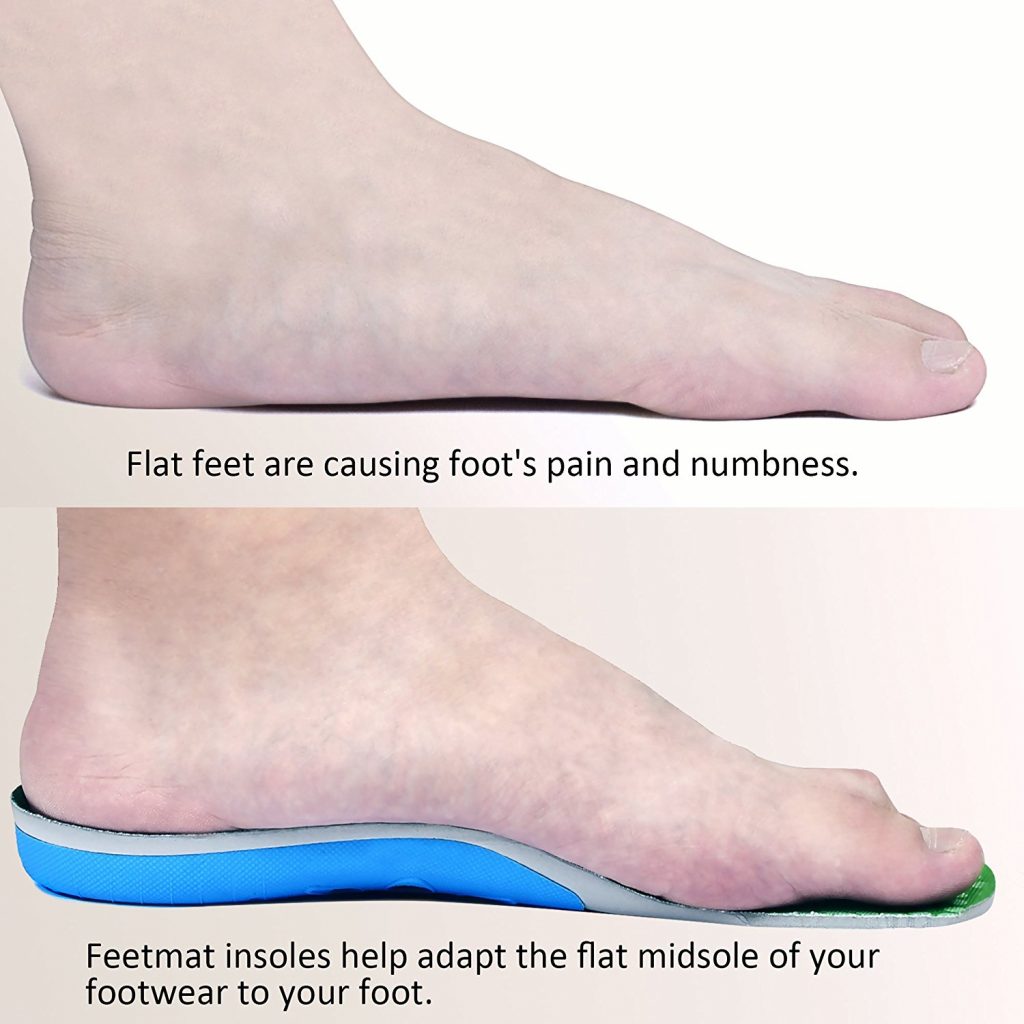
Importance of Choosing the Right Shoes
Wearing appropriate shoes is essential for managing flat feet. Ill-fitting or inappropriate footwear can exacerbate discomfort and lead to further complications. Shoes designed for flat feet should offer proper arch support, cushioning, and stability.
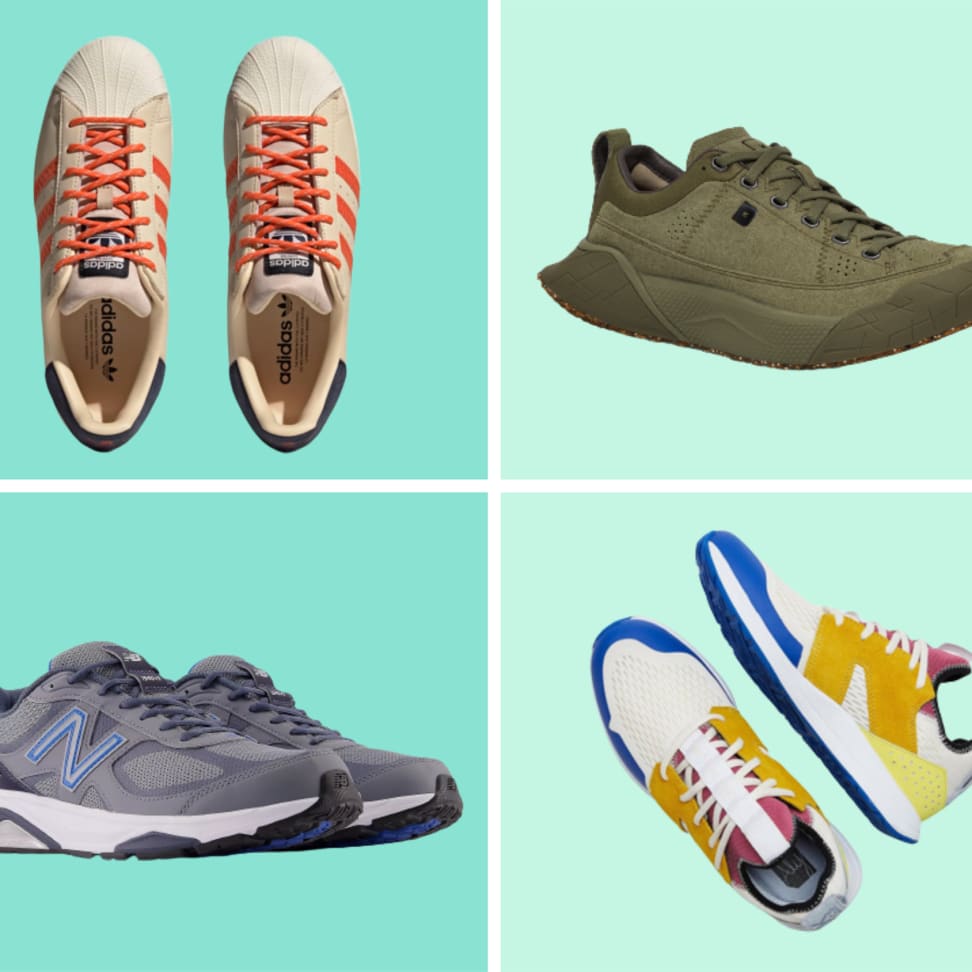
Key Features to Look For in Shoes for Flat Feet
- Arch Support: Proper arch support helps distribute weight evenly and reduces stress on the feet.
- Cushioning: Adequate cushioning absorbs shock and enhances comfort.
- Stability: Shoes should provide stability to prevent excessive pronation.
- Wide Toe Box: A spacious toe box accommodates foot swelling and prevents unnecessary pressure.
- Lightweight Materials: Lightweight shoes reduce fatigue, allowing for longer wear.
Best Shoe Brands for Flat Feet

Numerous brands cater specifically to individuals with flat feet, focusing on comfort and support. Here’s a comparison of some of the most reputable brands:
| Brand | Model | Arch Support Rating | Cushioning Level | Price Range |
|---|---|---|---|---|
| ASICS | Gel-Kayano | High | Medium | $160 – $180 |
| Brooks | Adrenaline GTS | High | High | $140 – $160 |
| New Balance | 990v5 | Medium | High | $180 – $220 |
| Hoka One One | Bondi 7 | Medium | High | $160 – $180 |
| Puma | Clyde Court | Medium | Medium | $120 – $140 |

Pros and Cons of Different Shoe Types for Flat Feet
Running Shoes
Running shoes are designed to accommodate various foot shapes and provide arch support.
- Pros: Lightweight, cushioned, often come with stability features.
- Cons: May wear out faster than other types of shoes; not often suitable for casual wear.
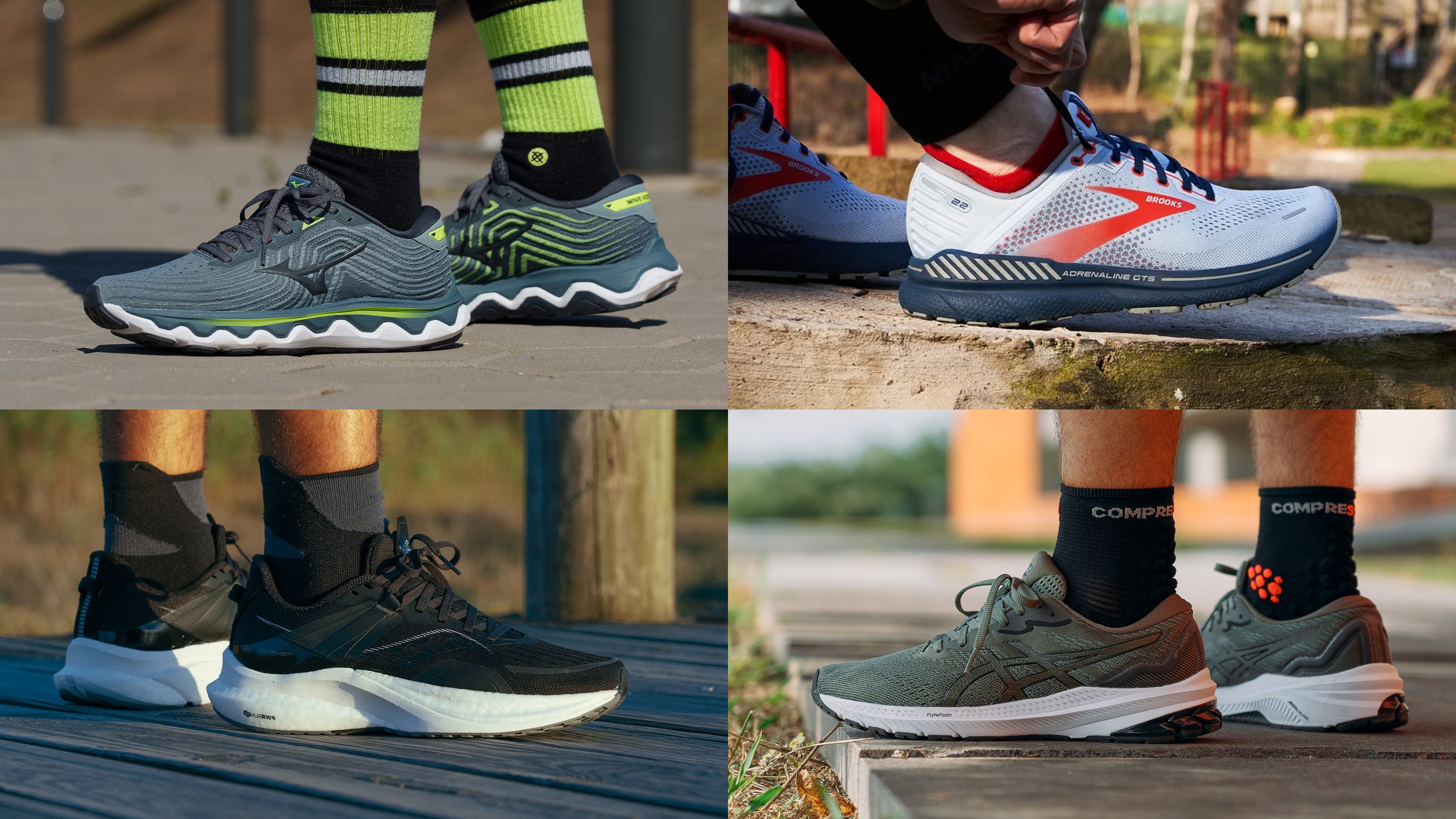
Walking Shoes
Walking shoes typically offer more cushioning and support than regular sneakers.
- Pros: More comfortable for extended wear, often designed for low-impact activities.
- Cons: Less stylish and may look bulky.
Orthopedic Shoes
Orthopedic shoes are specifically designed to correct foot deformities and provide support for specific conditions.
- Pros: Maximum support, often customizable.
- Cons: Can be expensive and less aesthetically pleasing.
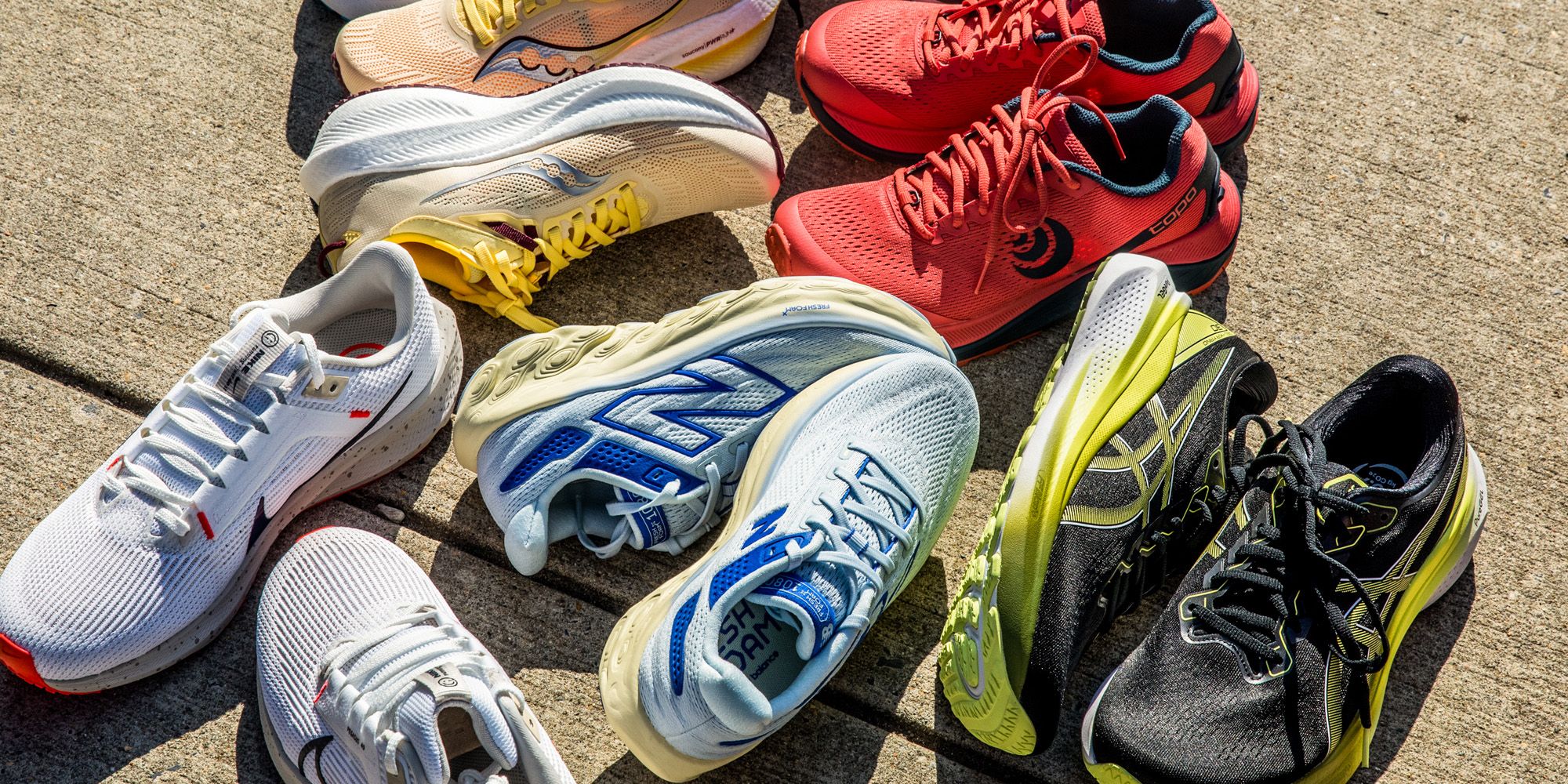
Sandals for Flat Feet
Many sandal brands offer models with adjustable straps and arch support suitable for flat feet.
- Pros: Breathable, easy to wear in warm weather, often stylish.
- Cons: Limited support compared to closed shoes; not suitable for all activities.
Tips for Choosing the Best Shoes
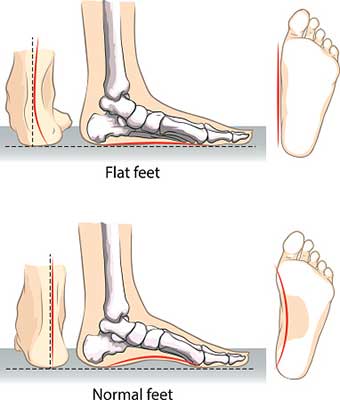
- Get Fitted: Always get your feet measured at a store specializing in footwear to ensure you choose the right size.
- Try Before You Buy: Walk around the store and ensure the shoes feel comfortable and supportive. Pay attention to arch support and cushioning.
- Consider Custom Insoles: If your flat feet cause significant pain, consider investing in custom orthotic insoles.
- Research Reviews: Look for expert and consumer reviews online to gauge the performance of specific models.
- Seek Professional Advice: If in doubt, consult a podiatrist for personalized recommendations.
Customer Reviews and Experiences
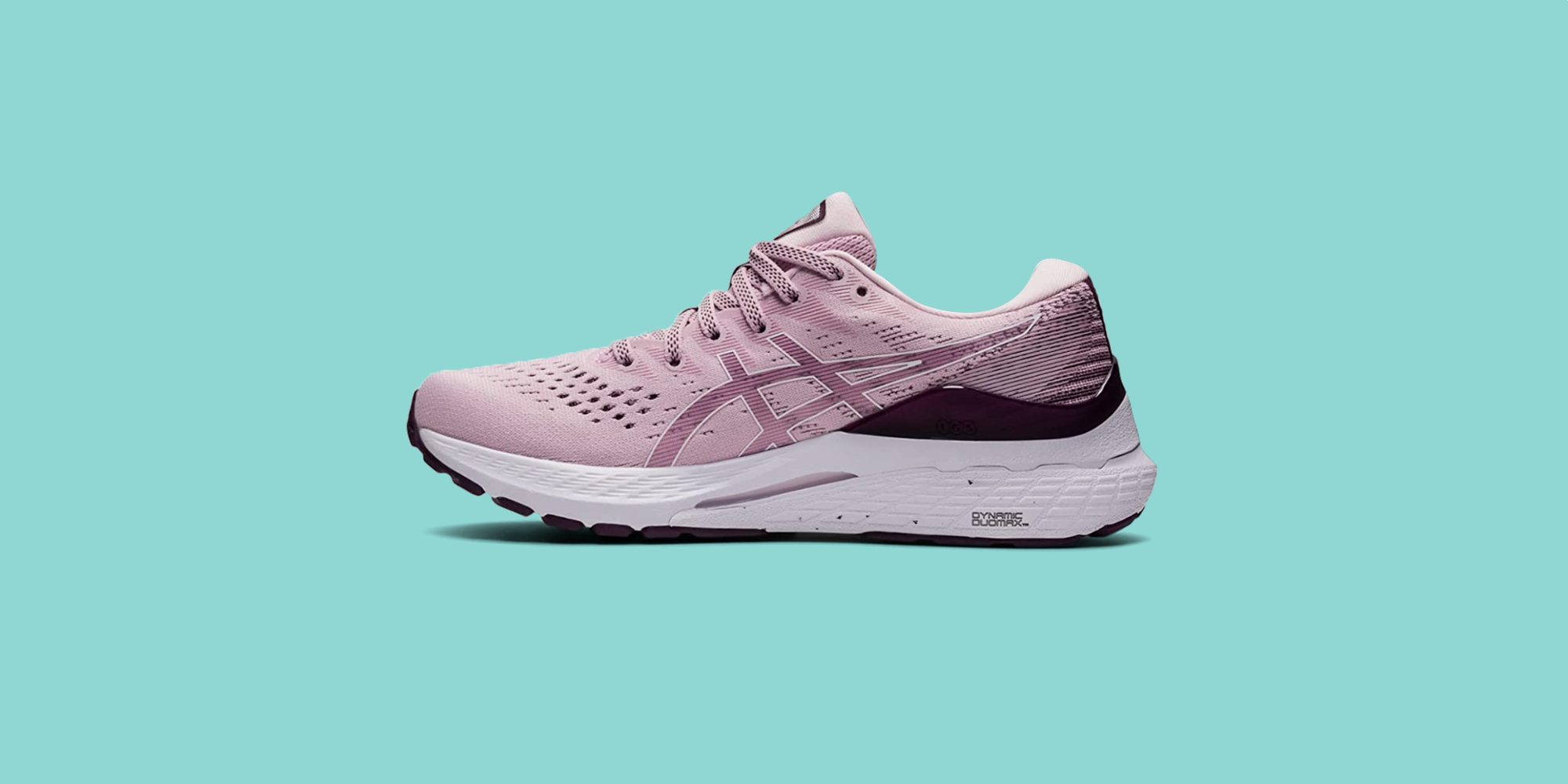
Many individuals have shared positive experiences after switching to appropriate shoes for flat feet. For example, a recent review on the Runner’s World website highlighted how users found relief and comfort upon switching to the ASICS Gel-Kayano, which provides exceptional arch support.
Local Resources and Further Reading
For those looking to delve deeper into understanding flat feet and finding local supply resources, several academic and health institutions have valuable information:
- Flat Feet – Foot Health Facts
- American Podiatric Medical Association
- A Comprehensive Review of Flatfeet
FAQs about Shoes for Flat Feet
What type of shoes are best for flat feet?
The best shoes for flat feet are those that offer ample arch support, cushioning, and stability. Brands like ASICS, Brooks, and Hoka One One are known for their supportive running shoes.
Can orthotics help with flat feet?
Yes, custom orthotics can significantly enhance comfort for individuals with flat feet by providing additional arch support and correcting foot alignment.
How do I know if I need special shoes for flat feet?
If you experience foot pain, fatigue, or discomfort, especially after standing or walking, specialized shoes for flat feet may benefit you. Consulting a podiatrist can help determine your needs.
Are expensive shoes necessary for flat feet?
While more expensive shoes often provide better support and materials, it’s essential to find shoes that fit well and meet your individual needs rather than focusing solely on price.
Can I wear flip-flops with flat feet?
While some flip-flops offer arch support, many do not. It’s best to choose sandals specifically designed for flat feet to ensure adequate support.
In conclusion, finding the right shoes for flat feet can make a significant difference in comfort and overall foot health. By understanding the condition, knowing what features to look for, and exploring various brands, individuals with flat feet can enjoy their daily activities pain-free. Remember, the right footwear is not just a matter of style; it’s a vital part of maintaining your foot health.